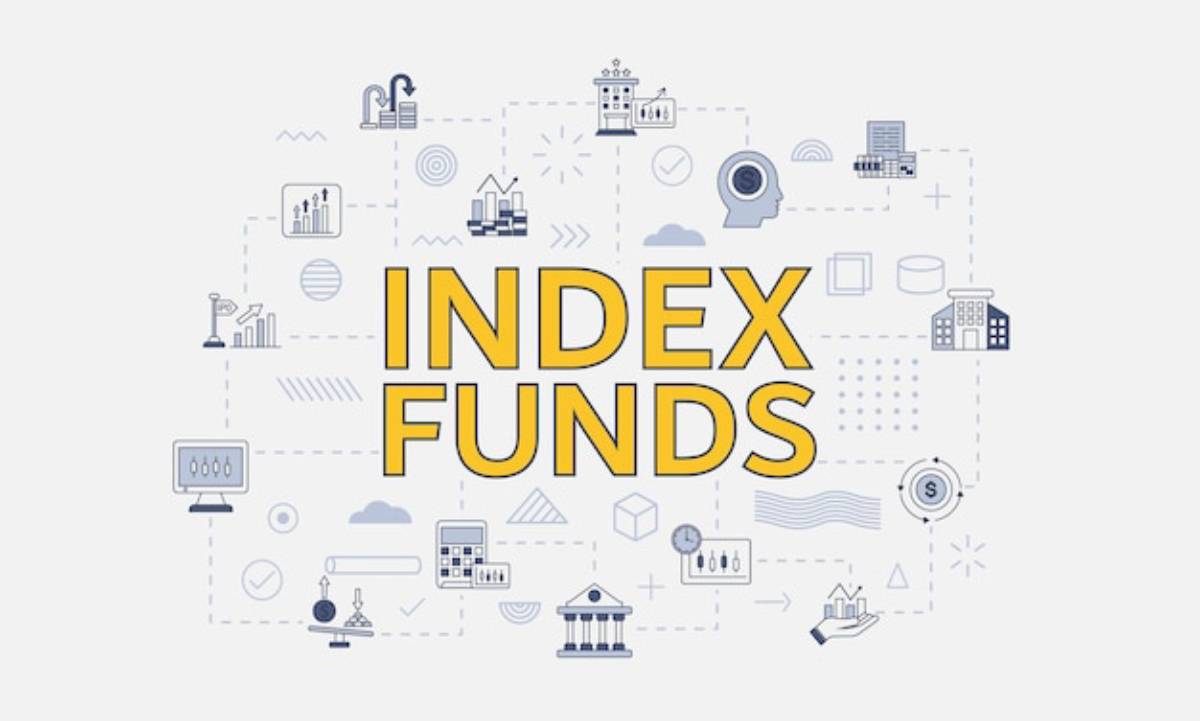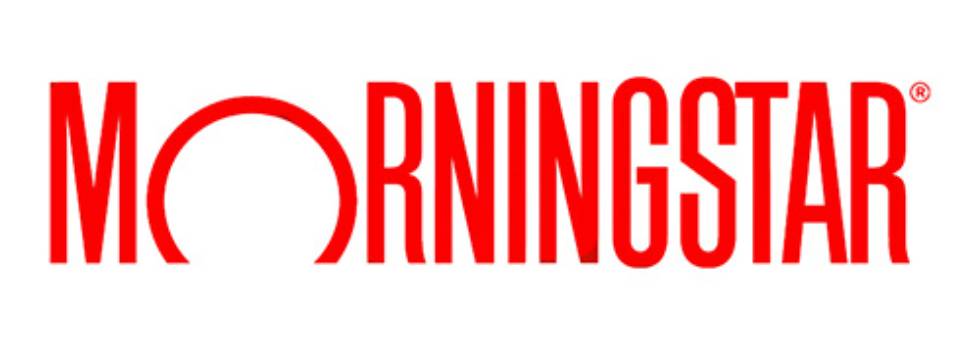
Comparing Expense Ratios: Index Funds vs. ETFs
Think of your investment journey like filling a bucket with water. Every drop matters, but what if the bucket has tiny leaks? Over time, those leaks can add up. In investing, those leaks are the expense ratios.
When choosing between index funds and ETFs, understanding investment costs is crucial. Both options have low fees. However, small differences can add up to big amounts over time.
In this guide, we’ll look at expense ratios. We’ll see how they affect returns and compare index funds and ETFs. By the end, you’ll know how to make smarter, cost-effective investment choices.
What Is an Expense Ratio?
The Simple Definition
An expense ratio is the yearly fee a fund takes to manage your money. It’s shown as a percentage of your investment.
For example, investing £10,000 in a fund with a 0.20% expense ratio means paying £20 annually in management fees.
What the Expense Ratio Covers
- Fund management
- Administrative costs
- Marketing and distribution expenses
- Operational costs
Why It Matters
Even a small change, such as 0.10%, can shrink your investment returns by thousands over the years. This happens because of compounding.
Quick Analogy: Think of expense ratios like gym fees. Why pay more for a gym? A budget-friendly gym with quality equipment offers the same perks as a pricey one.
How Expense Ratios Differ: Index Funds vs. ETFs
1. Overall Fee Levels
- ETFs usually have lower expense ratios than traditional index mutual funds.
- This is mainly because ETFs are more self-managed and need fewer administrative resources. Example:
- Vanguard S&P 500 ETF (VOO): around 0.03%
- Vanguard S&P 500 Index Fund: around 0.04%
(The difference is small, but it adds up!)
2. Trading Costs

- ETFs: Low expense ratios but may incur brokerage commissions when buying or selling.
- Index Funds: No trading fees if you invest directly through the provider.
Important: Frequent trading in ETFs could mean higher costs due to brokerage fees.
3. Fund Minimums
- Index Funds often have minimum investments (£500 or more).
- ETFs require just the price of one share, making them easier for beginners.
Tip: Consider initial costs when evaluating entry expenses.
4. Tax Efficiency
- ETFs are generally more tax-efficient, leading to fewer capital gains taxes.
- Index Funds might distribute more capital gains, depending on investor redemptions.
Though this is a tax issue, it indirectly affects your net returns.
Real-World Impact: A Cost Comparison Example
Scenario: Imagine investing £10,000 over 30 years with a 7% annual return before fees.
Expense Ratio: 0.10%
Ending Balance (after fees):
Difference: £1,978 £74,298 £76,276
Insight: A mere 0.06% fee difference can cost you nearly £2,000 over 30 years. This assumes a single investment with no additional contributions!
Key Factors That Influence Fund Fees
1. Fund Provider
Large firms like Vanguard, BlackRock, and Fidelity are known for low-cost funds. Smaller providers often charge more.
2. Fund Strategy
- Broad-market funds (like S&P 500 trackers) have very low fees.
- Specialised or thematic funds (like ESG or emerging markets) usually charge more.
3. Active vs. Passive Management
Active ETFs and index funds do exist. However, they usually have higher expense ratios. This is because they trade more often and require more research.
Quick Tip: Always check if the fund is truly passive. Some ETFs may claim to be but manage assets actively.
Choosing the Right Option Based on Costs
Choose an ETF if:
- You value flexibility and lower ongoing fees.
- Your platform offers commission-free ETF trading.
- You plan to manage your trades actively.
Choose an Index Fund if:
- You prefer automatic monthly investing.
- Your provider has low or no platform fees.
- You’re building a “buy and hold” portfolio without frequent trades.
Real-World Story: Tom is a first-time investor. He picked an index fund for his ISA. This choice helps him automate his contributions. His sister Emma checks markets daily. She chose ETFs to adjust her portfolio when needed.
Other Hidden Costs to Watch Out For
1. Bid-Ask Spread
With ETFs, the price you pay (ask) and the price you get when selling (bid) might differ. Wider spreads mean hidden costs.
Pro Tip: Stick to high-volume ETFs to reduce bid-ask spread impacts.
2. Platform Fees
Your brokerage platform may charge:
- Annual account fees
- Trade commissions
- Inactivity fees Solution: Compare providers to find one that suits your investment style.
3. Tracking Error
Sometimes, funds don’t perfectly track their benchmark index. A higher tracking error acts like an additional cost.
Key Insight: Low expense ratios don’t guarantee low tracking error — always check both.
Practical Steps Before You Invest

- Use Online Tools: Check out websites like Morningstar UK, JustETF, and Trustnet. They have great tools for comparing funds.
- Compare Expense Ratios: Always compare at least three similar funds.
- Check for Trading Fees: Understand total costs based on your expected activity.
- Consider Tax Implications: Especially important as your portfolio grows.
- Assess Your Investment Style: Do you prefer a hands-off or hands-on approach?
Every Penny Saved, Every Pound Gained
In investing, small differences in fees lead to big differences in returns. Knowing and comparing expense ratios of index funds and ETFs is key to boosting your long-term wealth.
If you want trading flexibility and can manage occasional purchases smartly, ETFs might be ideal. If you prefer simplicity, automation, and stability, an index fund could be the right choice.
Whatever you choose, remember: costs matter. Keeping more of your money invested instead of paying fees can be the key to your financial success.
Ready to refine your investment strategy? Start by reviewing your current fund fees to ensure your investments work as hard for you as you do for them! Found this guide useful? Share it with a friend, leave a comment about your investment journey, or subscribe for more finance tips!